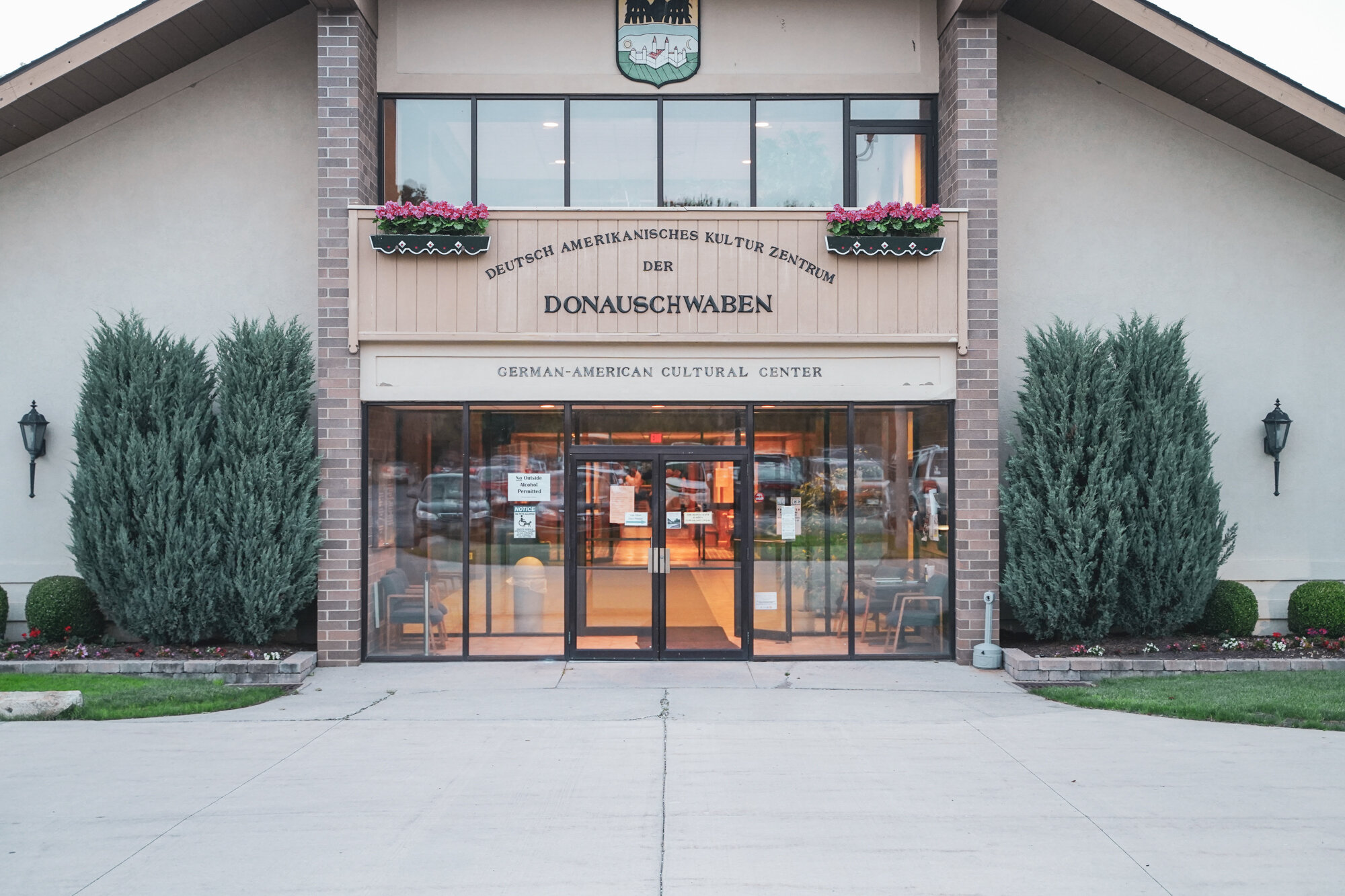
DONAUSCHWABEN HISTORY
“Donauschwaben werden wir gennant,
und so sind wir weit and breit bekannt.
Unsere heimat war im Donauraum,
und sie bleibt für uns ein ewig schöner Traum.”
Who are the Donauschwaben?
In 1722, Emperor Charles VI invited the first wave of German settlers to colonize the area bordered by the rivers Danube, Tisza, Maros and the Carpathian mountains in order to make this area agriculturally productive. Between 1763 and 1770 the second wave of immigration occurred and in 1782 the final wave of immigration. Since the majority settled near the Danube they were later named Danube Swabians. The Danube Swabians continued to speak German and keep their German traditions alive.
After the end of World War I the territories of the German Settlers were parceled out to the Romania, Hungary and Yugoslavia. As a result of World War II and the advancement of communism, the hatred for everything German at the time was directed to the German ethnic groups. Tito’s reign of terror demanded tribute in the form of human life and 250,000 succumbed in his concentration camps. Many of the remaining Danube Swabians were deported to Russian work camps or to the Baragan Steppes of Romania where tens of thousands also perished. German settlers were forced to leave Hungary for Germany or Austria as a result of the Potsdam agreement. Most of the Danube Swabians consequently have disappeared from Eastern Europe.
After the war, several hundred thousand came to America while smaller numbers settled in France, Brazil, Australia, Canada and other countries. The largest number remained in Germany and Austria. The immigrants that came to America joined pockets of Danube Swabians that were begun by countrymen who had arrived before the two world wars. The greatest concentrations are found in New York, Rochester, Trenton, Chicago, Cleveland, Cincinnati, Akron, Mansfield, Philadelphia, Detroit, Milwaukee, St. Louis and Los Angeles.
The Danube Swabians continue to keep their traditions and language alive with cultural centers, societies and the national organization.
Coat of Arms
Motto - Forever free and undivided. The colors of the Coat of Arms are modeled after the national colors of the homeland of the Danube Swabian people, black, red, gold; the colors for the German flag. The colors of the Danube Swabian people are also included; white, green and blue.
Heraldry: On the top half of the Coat of Arms, the German Eagle is portrayed with his wings widespread in a protective manner symbolizing the responsibility of the German Emperor to protect his people. The fortress of Temeschburg is depicted on the lower half of the Coat of Arms. The fortress towers are located between the sun, symbolizing the rise of Christianity, and the crescent moon, symbolizing the setting of Islam. The fortress walls are white and the tower rooftops are red. These towers represent the six primary settlements of the Danube Swabian people. A wavy blue line symbolizing the Danube River separates the upper and lower segments of the coat of arms. In boats, called “Ulmer Schachteln,” the Danube Swabian people traveled down river to settle in their new lands. The green area below the fortress represents the fields they cultivated.
